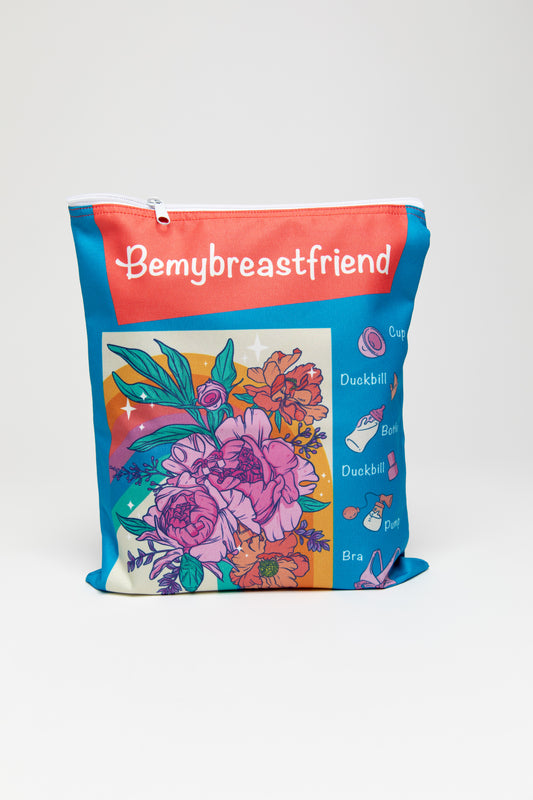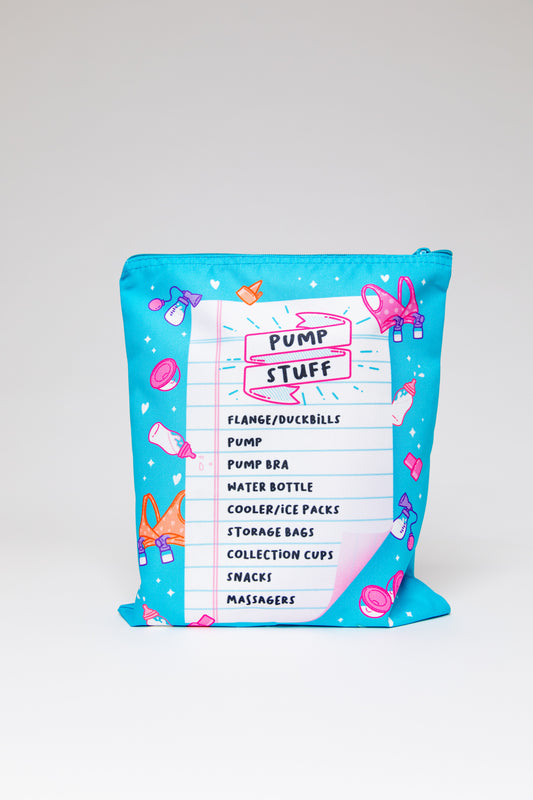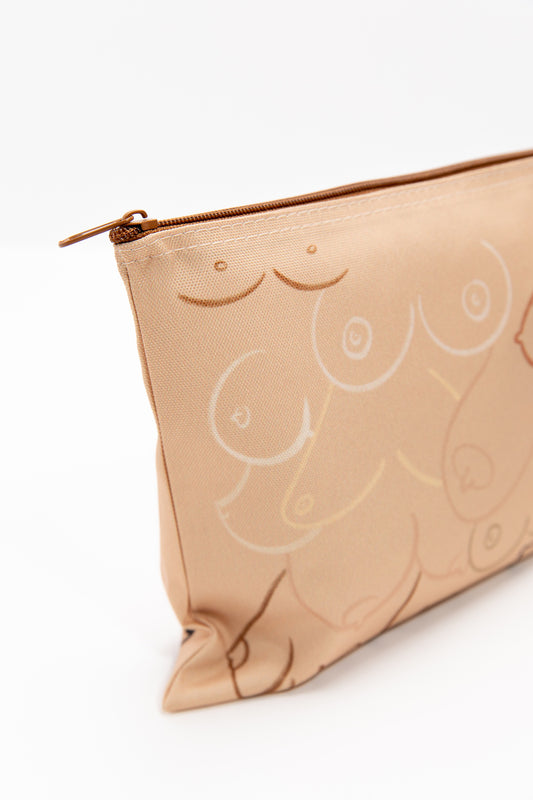
The beginning of this review has me singing that Seasons of Love song in Rent. It has been every bit, if not more than, five hundred twenty-five thousand, six hundred minutes, since I’ve used these pumps.. and now I remember why.
Let’s get to what should be everyone's first concern before we talk functionality. Money. First things first, I bought these Willow 3.0 with my own hard earned money before I left my career position, so yea I’m still bitter over this money spent because they were $500! I don’t care if you can afford it, why are we spending that much money on a roll of the dice because that’s exactly what these pumps are. My friends, this isn’t just one swipe of the credit card and we're done, we have maintenance and consumables. Yes that’s right, let’s break it down.
Milk storage bags. This one may surprise you.
Let me start with this, many of us can either only afford one pump or only intend on using one pump for the duration of our breastfeeding season. Well if this is your one pump, here are some expenses to consider. For (1) 48 bag purchase you’re paying $29.99, there’s an option to pay $119.96 for (4) sets of bags, maybe they’re discounted? Wouldn't that be nice, let’s not give Willow too much credit. Even when you buy more upfront you’re still paying .62 cents a bag. TIP: If you use a disposable bags, crinkle the bag to scrunch it up to fit within the plastic housing before assembling the flange to the motor.
So if you do the math, pumping 6x a day for one year, you can expect to pay around $2,729 JUST IN STORAGE BAGS.
Fun fact: did you know formula costs approximately $2,500 for one year to feed exclusively.
Who said breastfeeding was inexpensive, not Willow.
Okay, don’t come at me. I know they have reusable milk containers. Did you also know they recommend to replace them every 3 months at the cost of $49.99, for a total of $200 for one years use. You’ll also want to replace your Flextubes every 3 months as recommended at $29.99, totaling $119.96/year and don't forget the flange inserts that are also recommended to be replaced. As for the functionality of these containers, well I'm not sold. Truth be told, I love that they're an option, however I hate having to clean them.. and don't get me started on drying them. Another thing to note while using these reusable containers is to keep the 1 and 2 toggle options in mind while pumping. All this toggle does is close off the vent which allows the motor to preform properly while functioning. When done pumping be sure to swivel to the #2 position to close the vent before doing the flip to finish.
Bottom line, no matter which way you spin this you’re spending big bucks. Just know that if you choose to go with the Willow 3.0, you drove that car off the lot and it will become a money pit.
Possibly more important than the endless cash you'll be shelling out to keep this pump working is the life expectancy of the motor its self. The Willow 3.0 motor life is suggested to be good for 273 hours, defined to be approximately three (15 minute) session per day for one year. This minor detail alone should be your 🚩 reason to not invest in a pump that you intend on using exclusively for a potentially long length of time.
Let’s talk about functionality. Like I had said above, it didn’t take long for me to remember why I don’t use these regularly. What a headache. I don’t care if I’m testing products I’m still pumping milk to feed my bab(ies); milk removal is still top priority for me. Unlike the Willow Go, which I openly express how I had not set my expectations high based off my experience with the 3.0, the Willow Go actually works. The Go doesn’t take much trouble shooting and isn’t as expensive initially or as expensive to maintain. I genuinely didn’t want to like the Go, but I did. This 3.0 really reels me back to reality, all of Willows parts and pieces carry a steep price tag leading me to believe they aren't here to support us, but actually the other way around. If they did have true intentions of supporting the community they're providing I believe we would be seeing more affordable price points, especially considering the current market, and modifications to enhance an old design. The one advantage Willow had a few years ago was the fact it was just them and Elvie. You were either team Willow or Elvie, there really wasn’t an in between but now the market has become so saturated that you’re likely neither team and a few $100’s richer for it.
Okay okay back to functionality. I really believe that if a company needs to provide an interactive encyclopedia to trouble shoot all possible errors and issues then there’s a real problem. These pumps error more times than they actually worked for me and when they work, well I haven’t found them exceptionally effective. If you don’t believe me, check out this poll I had collected in Instagram stories.
Question: ARE YOU TEAM WILLOW 3.0
Unfortunately not many of us can say we have been able to successfully use our Willow 3.0 pumps. Why is this?
I believe the shape and depth of the flange is too deep, even with a 36DD chest I still have trouble making a comfortable contact with the flange funnel. I think the tunnel is set too far away from our breasts causing an inadequate “latch” on the nipple. When compared to the Willow Go, you can really see the difference in flange slope. Remember the Willow Go already has a far better reputation than the 3.0, and this is one of the top reasons why. I can't ignore how large these motors are, the weight of these pumps are not helping the pumps ability to stay put.

Pros? I’m being as honest as I can when I say, good luck. I really don’t feel there’s many pros to these pumps other than they are quiet, kind of. I will also give them credit for being 100% spill proof, but at what cost? These pumps are such a hit or miss, and when they do work I still don’t feel they’re earning their keep. I can’t discredit the moms who have said, when they work, they work really well! But the take away from this statement is, when they work, why should we be praying the Rosary every time we need to pump with these 3.0s.
It’s interesting coming back to these pumps after using countless others. I feel my palate for pump suction, feel for stimulation and effectiveness has really expanded in the last few years. I have used pumps that I have fallen in love with and others I really disliked. There's even been pumps which I didn't necessarily care for but could still express a decent amount of milk. I would categorized the 3.0 pumps with the others that don’t pack a punch, fail to pull your nipple too far into the tunnel to stimulate a letdown. Lucky for them, I can respond to just about any pump so the milk always flowed but it was still a matter of how much and how many let downs. The 3.0 just didn’t do it for me, they don’t compare to their newer competitors' pumps which are less than 1/2 the price and size.
My least favorite part about the Willow 3.0 are all of the possible errors and the inability to override them. You are truly at the mercy of these “smart” machines and it’s a real pain in the neck. During one of my last sessions, thankfully in my kitchen, I couldn’t get the error to clear so I pumped one boob for the duration of the session and then finished both breasts on my regular pump. This should not be happening, not for $500 + expenses. I don’t want to know what each color of the rainbow means, I just want a pump that works.. every.. single.. time.
Basically this pump is a dumpster fire, but I’ll give it some credit- it does work, sometimes. Don’t worry Willow, Babyation is still in #1 place for worst pump ever and ironically you’re at the same price point.
I appreciate the opportunity to deliver the facts and my genuine experience, I will always aim to do right by the breastfeeding community. I whole heartedly think this pump is too expensive to be so ineffective and unreliable. This pump just doesn't do it for me and it is feels criminal to recommend a product that has the potential to ruin your milk supply.





